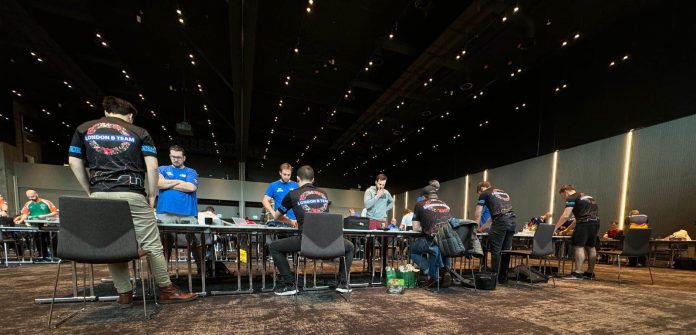I’ll come right out and say it. I think the London meta is one of, if not THE strongest metas in MCP. It has the highest concentration of Top 100 players (according to Longshanks) than any other city. If you think I’m wrong, fight me in the comments.
Either way, I’m going to poll our highest ranked players for tips on the game that can hopefully help you transform how you play and most importantly, bag you a couple extra wins on game night.
So let’s get started with one Crisis shape that seems to divide players the most: D maps.
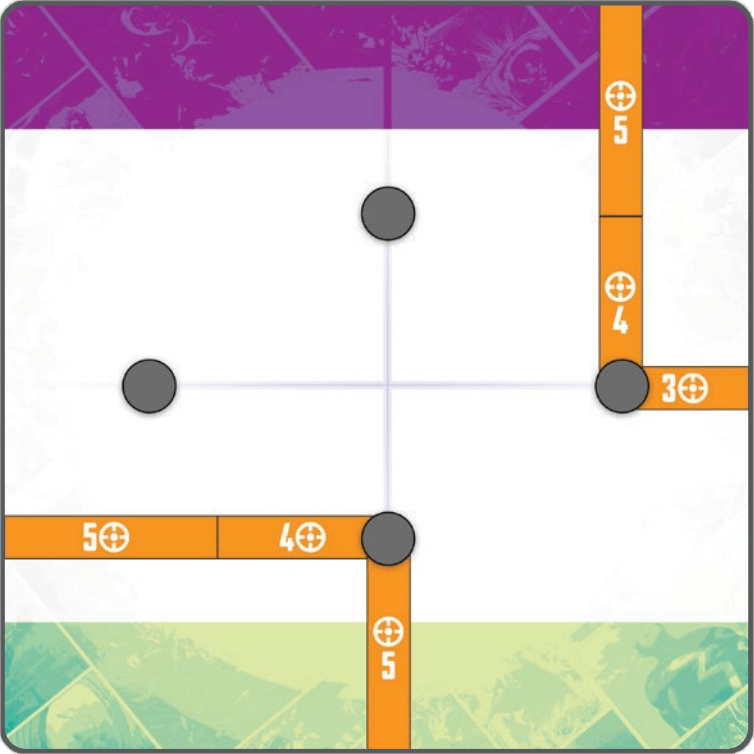
This is a map that Crisis teams LOVE. It’s the most spread out Crisis, making it easy to avoid getting punched too much. Riots Spark allow them to heal while they run away. Cosmic Invasion punishes characters by placing them further outside of the diamond shape, while allowing D map specialists like Spectacular Spider-Man, Miles Morales or Nightcrawler to use their power to place back into relevance and continue on their merry way.
If you came to the table looking for a good scrap, chances are you will find your punches coming fewer and further between against a team that really wants to be playing on a D map. So what can we do to improve our game on D maps? As the London meta puts it succinctly:
AJ Backhouse
“Teams that put D shapes in their crisis usually want to avoid a fight and do so knowing they have a lot of inherent mobility. Don’t try to beat them at their own game; you need to kill them.”
It may be tempting to swap out some of your favourite attrition pieces in favour of someone more mobile – and while this could be a great move (models like Ulik & Juggernaut have astounding ability to punch while also moving very fast), you may be in fact playing into your opponents strengths. When Web Warriors bring D maps, they’re hoping to avoid a fight. So if you drop some of your kill pieces in order to try and out-run and out-score the webheads, chances are you’re not going to be able to play that game as well as they can.
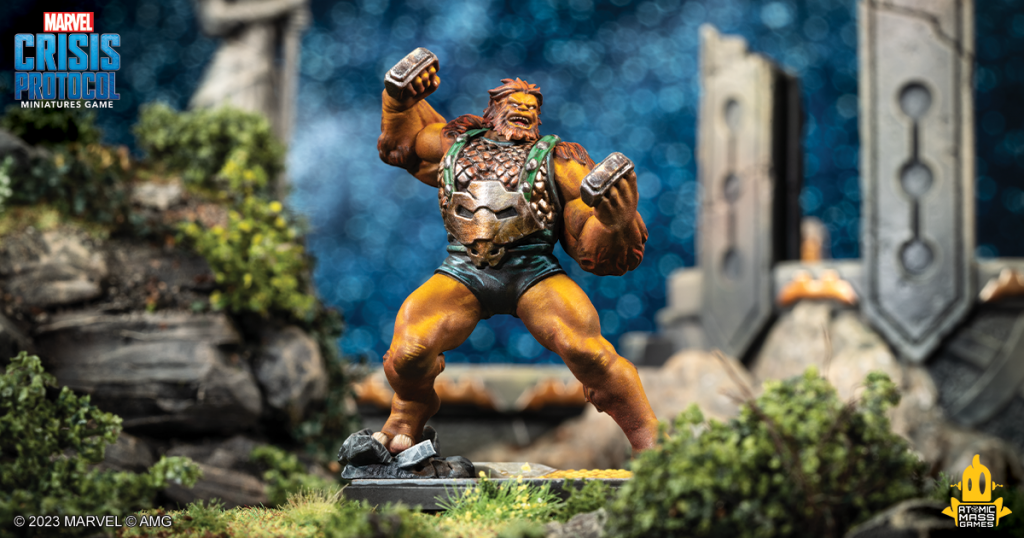
AJ Backhouse
“Barring some exceptions, once you commit to a side on a D map it’s likely you’ll spend most if not all the game on that half of the board. The biggest movement choice you get all game long is deployment. Try to deploy opposite characters you know you are favored into.”
This is huge. I’ve often found myself playing from behind from Round 1 due to bad deployment. This is especially important when your plan is to punch into a Crisis focussed team. If you don’t knock them down quick enough, they’re going to get away and score all the points they want. Pick your match-ups wisely and deploy characters that are designed to kill opposing characters opposite their targets. Agent Venom deploying opposite an enemy Miles Morales is much more effective than him deploying against a Wong or Toad.
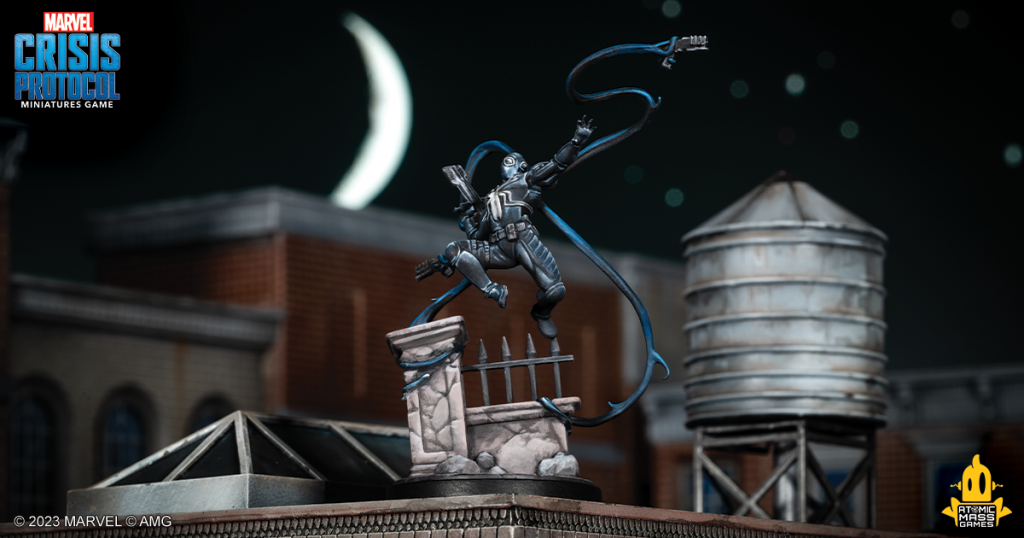
Conor Rooney
“Having medium/large base, medium/long movers with placement effects helps a lot.”
Some of the best attrition pieces in the game have what we call ‘action compression’. This usually translates to them having ways of moving without spending an action, because they want to save their actions to attack twice a turn. Characters like Doctor Strange, Sorcerer Supreme has Scalpel Of Strange. Wolverine, Malekith the Accursed, and Shang-Chi all have Charge abilities that allow them to move while also still attacking twice per turn. Almost every action spent moving as an attrition model should be seen as an action wasted.
Dr Norbert
“If you keep within the diamond shape, you should be able to go from one secure to the other with a small base medium move.”
Learning this was key for me learning how best to play D maps. Always place your models on the inside of the diamond shape if you want to have any hope of double moving to an adjacent secure. Medium base, medium/long movers have some leniency here, but not much. Very few characters can effectively move between the secures if they’re not in a good starting position. I’d recommend measuring out a D map at home – and experimenting with different base sizes and movement rulers to really learn what character can reach which secure at any given moment.
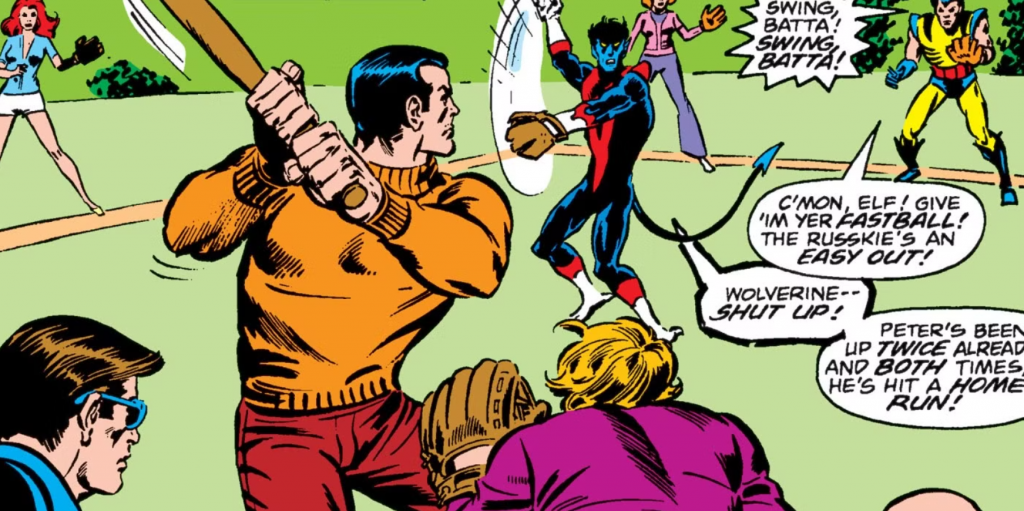
Ron Wilde
“[In] round 1, I try to set up as much as I can for round 2. Create multiple situations where you can threaten a key model before it activates, so that whichever they go with you have someone to shoot/punch.”
This is linked to the deployment stuff we talked about earlier. You’re likely to double move with your attrition pieces Round 1 to get them onto one of the two center points. Chances are – your opponent is planning to double move 1 of their point scoring models away from you at the top of Round 2. Make sure you set up two fights in your favour on each side point, so that when they choose to run away – they have to decide which model to leave behind.
Ollie Lowe
“If I’m playing a team that is ordinarily better than me on D maps, I just more heavily skew to ignoring two points and winning the fight on the other two points. Just try and maintain some level of parity.”
Pat Dunford
“Absolutely this. The key to winning Ds for a fighting team is to control the extracts and minimise the area of the table that is relevant.”
It can certainly be an adjustment when you first start facing crisis teams on D maps to accept that some points aren’t worth fighting over. Teams like Storm’s Uncanny X-Men want you to spread the damage across their team evenly. They have models with Healing Factor, Xavier’s Dream, and the like that make it easier for their small health pools to withstand the fighting. You have a much higher chance at punching through their defenses when you double down on a smaller portion of their team – and let them score their 1-3 VPs on the other side of the D map. Just be sure to do your maths so you don’t let them accidentally make it to 16 before you’ve had a chance to take them down!
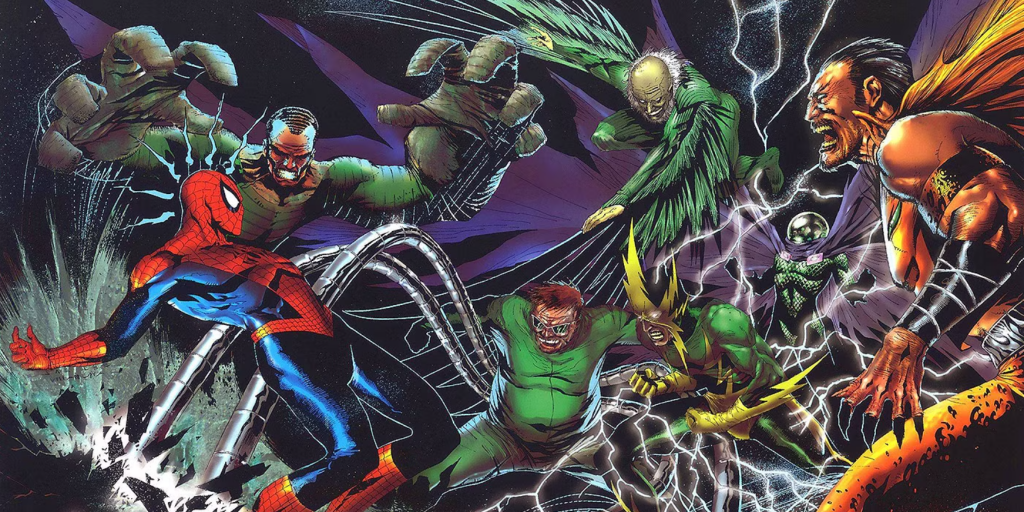
Conor Rooney
“If in doubt, splash Baron Zemo.”
Well…most of us hate him, but he’s right. Baron Zemo is (and always has been) one of the fastest attrition pieces in the game. He has a long move, a Charge and a free movement off the back of Steel Rush. Need to chase a pesky spider-man and put him down for good? Baron Zemo is probably your guy for the job.
In Conclusion
D maps are one of the more extreme map shapes in MCP – so be sure to give yourself some time and breathing space to learn their elusive ways and you’ll be stomping on crisis teams in no time!
Have any questions or feedback? Drop us a note in the comments below or email us at contact@goonhammer.com. Want articles like this linked in your inbox every Monday morning? Sign up for our newsletter. And don’t forget that you can support us on Patreon for backer rewards like early video content, Administratum access, an ad-free experience on our website and more.
